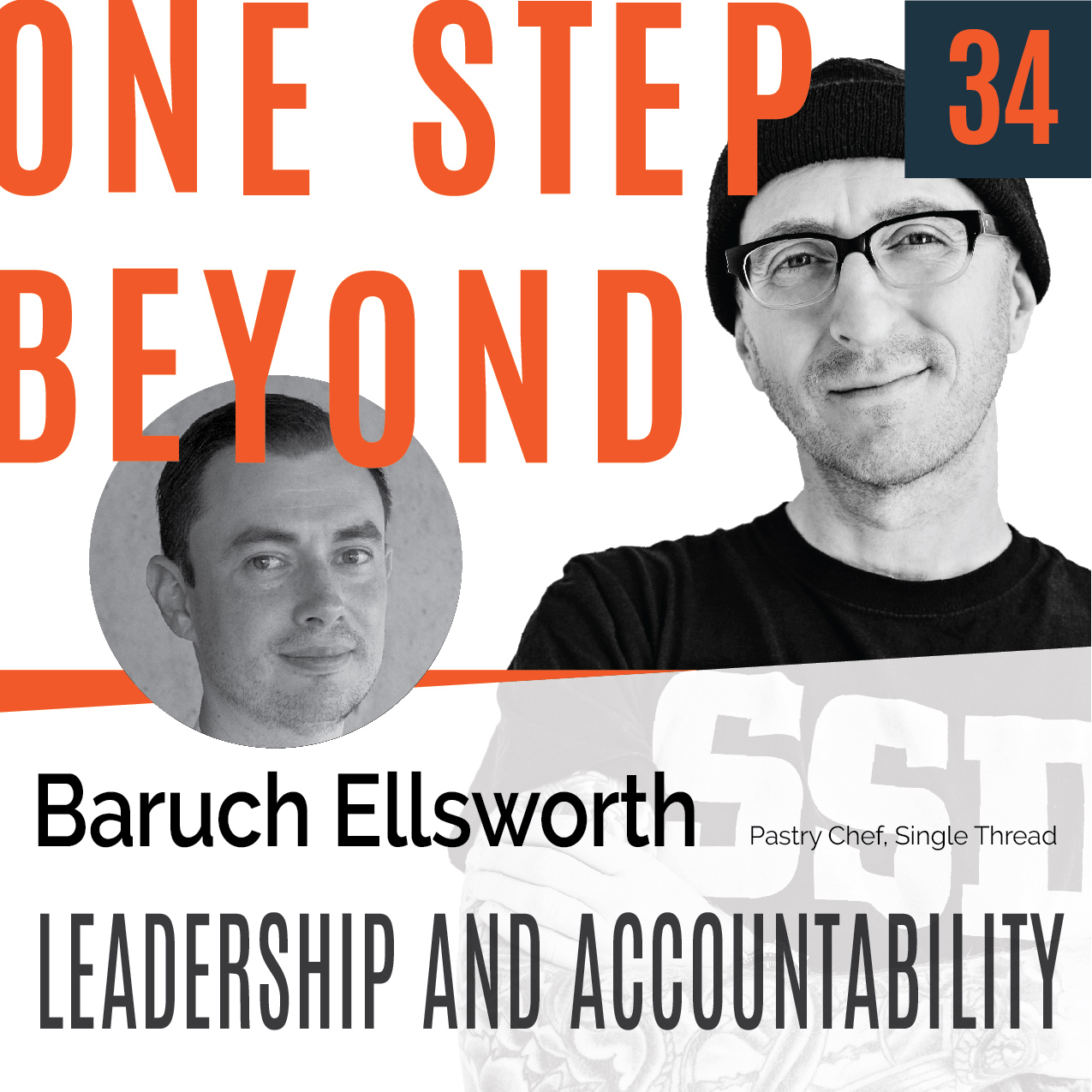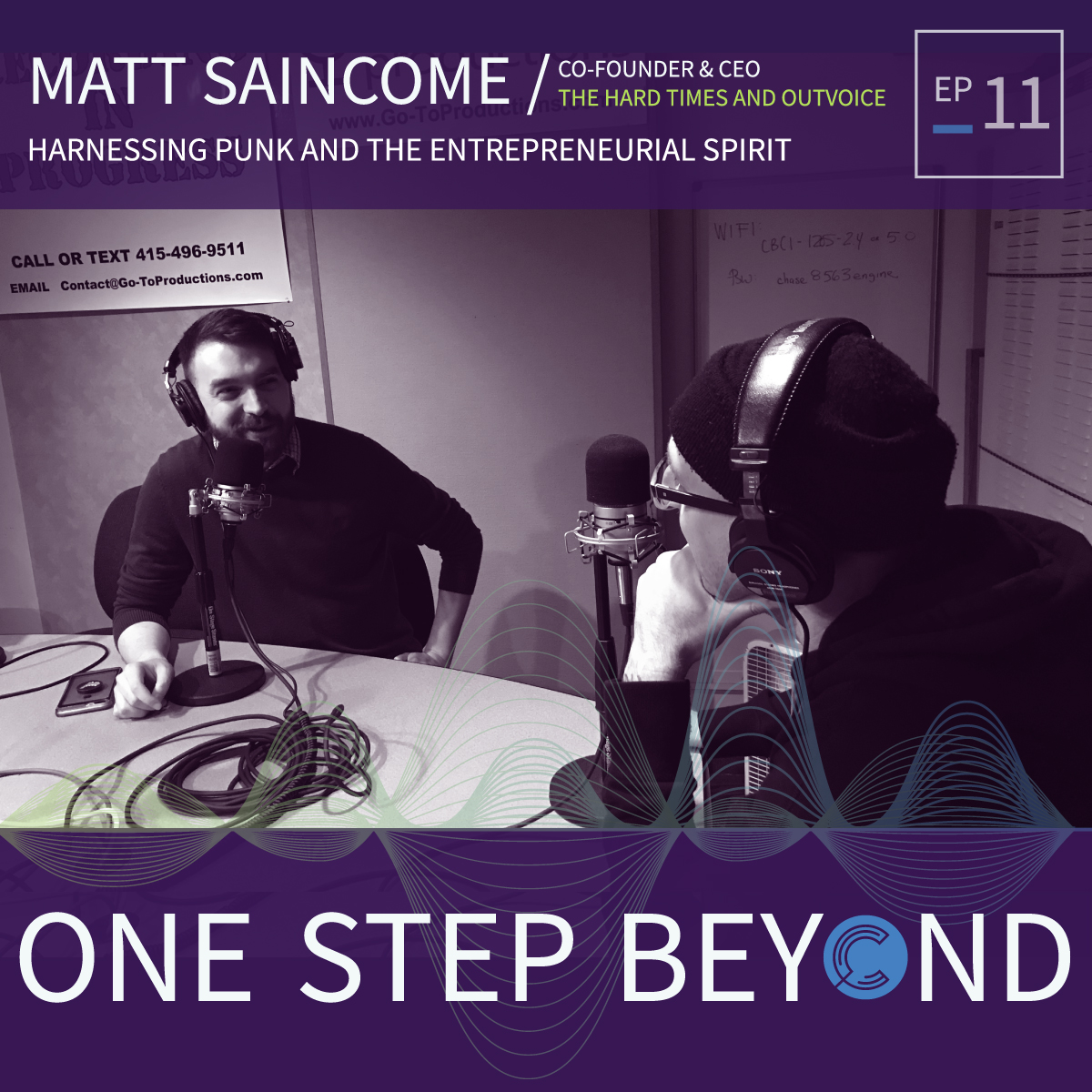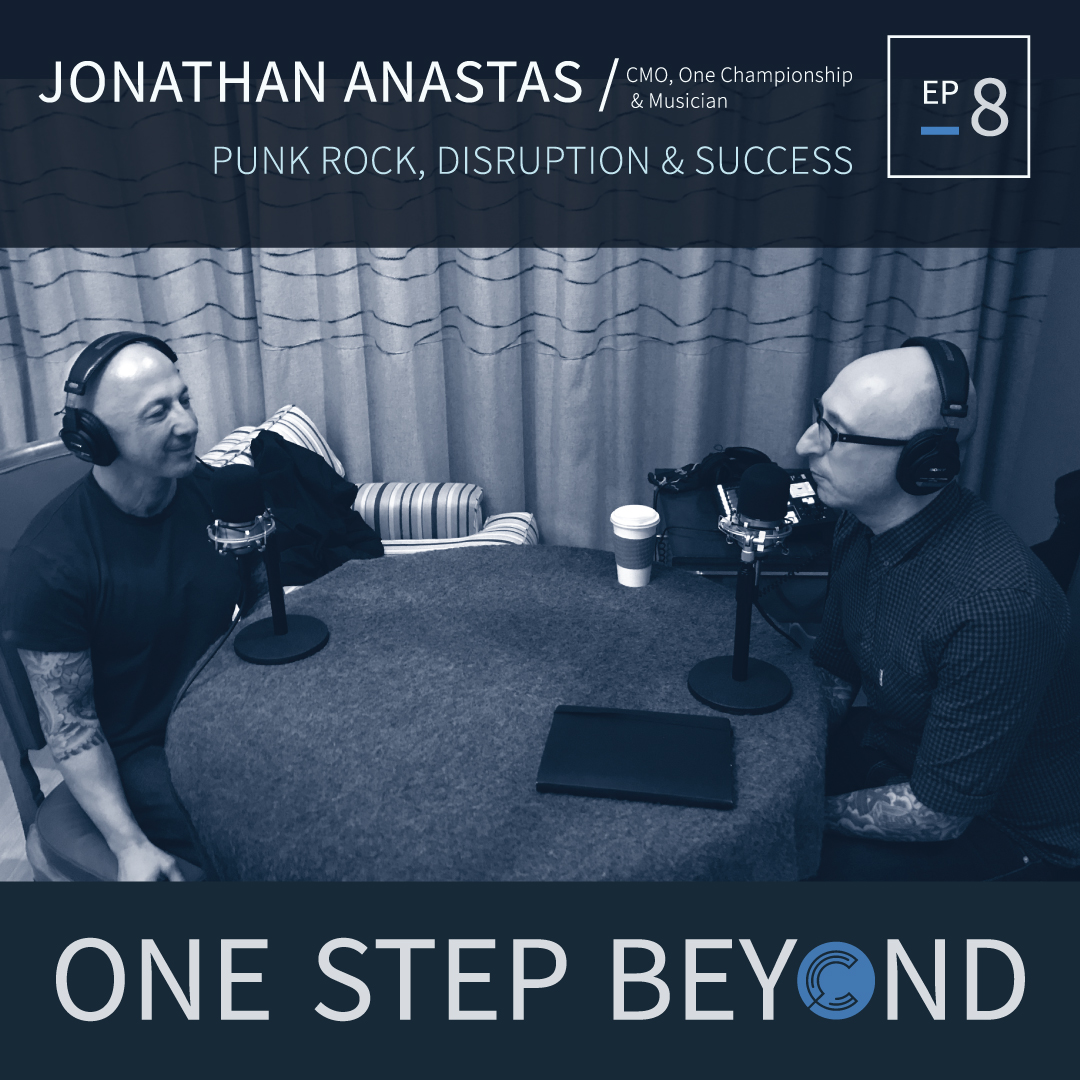Episode Transcript
[00:00:02] Speaker A: Welcome to an Askaram episode. The show where leaders bring their tough questions and a RAM offers actionable, practical insights rooted in psychology, strategy and real world experience.
So if you're looking to lead with clarity and confidence, you're in the right place. Let's get started.
We've recently had to let go of some employees due to restructuring and my team is feeling anxious about their job security.
How do you approach leading through layoffs in a way that preserves trust, maintains morale, and balances empathy with business needs?
[00:00:40] Speaker B: I recommend using the transtheoretical stages of change model and talking your team through the why, what and how of the stages of change. So let me tell you a little bit more about it. It has a lot to do with how people process change. And it could be good change, it could be bad, negative change, any of those things.
Each stage has kind of like a lingering question behind it. So first stage is pre contemplative.
So it's before someone's actually like really contemplating change.
And the question there is why? They're why questions. It's seeking understanding behind a decision or behind a change. It's not even really about the change. It's just like, well, why this? Why now? The next one is contemplative. So now people are actually actively contemplating that change. They want to understand the what. So what does the world look like now? Like, what's the result of this? What's going to actually happen now that we've made this change?
And then the next stage is preparation and that's the how. How do we move forward from here? How do we acclimate? How do we, you know, keep this from happening again? Any of those things. And the other stages are action. Action stage is when you're actually doing the things. That's also a how question, but it's a really heavy feedback one in terms of giving a lot of feedback or requesting a lot of feedback about how we're doing and then adjusting as you go along. And then finally there's maintenance. Maintenance is also a it's a what question. It's like, what do we need to do to keep this going and what's next?
So for this one, the reason I'd encourage you to think about those three changes, those three stages. If people are anxious, they're worried, they're nervous, you really want to explain why?
Why did this happen? And you don't have to go into any super great depth. It's not about like answering a hundred questions about it, but very often when there are layoffs or any kind of workforce reduction. It's like, oh, you know, it's this kind of like generalized we need to like cut costs or we're not doing as well or any of those things. I encourage people to get a little deeper. You don't have to say anything that's revealing the inner workings of the company if that's inappropriate. But to really have that fulsome conversation and talk to the why, the what. So what's different? This is where you can bring a team together and say like okay, so what's different for you? How are you feeling about it? Here's what's different for me. You can really talk about what that difference feels like, what it looks like and then the how. Okay, well how are we going to move forward together? And that's that real like co creation, like deciding like together we're going to do this thing, this is what our new world looks like, this is how we're going to share this work.
You can't promise people just blindly like oh, we'll never lay anyone off again, this will never happen again. You can't do that. But what you can do is, is really bring people into the conversation, really clearly explain this is why it's happened, this is what it looks like and this is what our world can look like or will look like going forward. And then finally this is how we're going to do it, how we're going to move forward together.
The empathy in there is really understanding that people, when there's things like this that happen, they're afraid because they also recognize how like someone or market forces or the economy or politicians or any of the all the above can create situations that they get swept up in. Again, we can't just promise people things, but what we can do is be as transparent as we can professionally be with them and have that right kind of conversation.
[00:03:57] Speaker A: My company is growing fast and while it's exciting, it's also creating some challenges in terms of maintaining our company culture and managing the stress of scaling.
What strategies would you recommend for leaders to stay grounded, foster collaboration and and prevent burnout during this fast paced expansion? How can we balance the need for growth within the well being of our team?
[00:04:19] Speaker B: There's two things. One, view culture as not being static, but an evolution.
Two, make sure that in your scaling process you actually know what you need out of your leaders.
So let me unpack both of them for the culture piece. People often talk a lot about protecting their culture, which is great as long as your culture is good, but it's a great thing to be aware of. But culture is not like a destination. It's not static. So, for example, it's like if you've got a group of friends and you have a dynamic, but you add four different people to that, the dynamic's gonna change. There's gonna be a new dynamic that you create together. So if you're scaling up your company and it's changing, especially if it's. That's happening rapidly, you should really be thinking about how, how's our culture evolving? Because culture could also like, lock new people out. It could kind of have this sense of like, oh, it's just us, it's just these initial people. You want to do something that like, welcomes people in. And when you add new people, the culture is going to change, it's going to shift, it's going to morph into other things. And I really encourage people to get ahead of that. Be really aware of what kind of culture reflects the company as it is today, and then what it should be ish, you know, two years from now, four years from now. So don't view culture as a destination that's static. Always view. View it as something that you want to be intentionally thinking about. And remember, culture happens no matter what. Either it happens because we're being intentional about it and thoughtful about it, or it happens because we're not doing that and just, you know, you just end up with whatever culture.
Culture is a very specific thing, so be specific about it. So the second piece. Understanding what you need from your leaders. In a quickly scaling company, it can be very easy to lose sight of what you actually need from your leaders. And I don't want to say, I don't. I'm not cautioning against over trusting people, but what I'd simply say is that if you don't know what you need from your leaders at any given stage, they might not know what they're not doing or what they're missing or where they should be looking.
And when a company scales a lot, it's like you can just lose the perspective of what you should be shooting for because it's moving really fast. And the way I'd encourage you to think about it is, is if someone is looking through a tube, like the tube that you'd find in the middle of like a roll of kitchen paper. So if someone's looking through that, but what they're looking through is about the size of the opening, it's no big deal. But if that thing becomes expansive, they don't see the rest of it. They Only see what they see through that tube. Your job is to take that tube away if that's what you need, or to point the tube to the direction you need it to, or give them a bigger tube.
It's really important to understand what you need from leaders to really reflect on it, understand why, and then have that conversation with them early and fast. And then, you know, make sure there's a lot of accountability there. But the initial accountability comes to, like business owners or senior business leaders, of knowing what do we need from our leaders as it scales.
[00:07:12] Speaker A: What's your approach to performance reviews? I want to create a more meaningful feedback process that encourages growth and development rather than just highlighting what's gone wrong. How can we make performance reviews a tool for both personal and professional growth and ensure they're motivating and not discouraging.
[00:07:31] Speaker B: For anything positive or challenging?
Only put things on the review that you've mentioned before.
So reviews can be kind of weird because the idea that's like, if you, you have all these expectations and they haven't been clearly articulated, or if you're seeing things throughout the year and you haven't brought them up or really made a point of bringing them up in a healthy way, then how can they show up on a review? It's like you're measuring someone against something that they don't really know. It's kind of like having secret rules of a game that you haven't told someone.
So when someone comes into a company, make it clear. Or if they've been in the company but your expectations have changed, then you got to make that conversation clear. Let's say they've gotten a promotion or the needs of the role has changed. Make it clear. So never surprise anybody on their review with something you haven't already talked to them about, whether it's positive or challenging. The other pieces I really encourage people to think about. Here is ongoing feedback and feedback should be really clear. So rather than feedback like, hey, good job on that, or you know, I was really disappointed with the results. It should be very structured and super clear. And what I'm going to talk about now is going to sound bulky, but if you do it often enough, it's actually, actually really seamless. So you always want to think of what, why and how for feedback for anything that's positive or anything challenging.
So the what. When you're giving someone feedback, you've got to identify what you're giving them feedback on. You know, like, you can say, hey, great job on that, but on all of that, like, if you're talking about a specific project on every single part of it. Is there a specific part that they did really, really good on? Is there a part they didn't do as good on? You should be specific. This is what I'm giving you feedback on. The second it should be, why? Why does it matter? Why does it matter to you? Why does it matter to the company? Why does it matter to them?
And then the last the how. How did it make an impact? How did it make a difference?
And doing this is really an intentional way of giving feedback. And again, it sounds a little bulky. And people often get confused between the why it matters and the how it made a difference. And the why it matters is like, why does this matter to you? Why does it matter to them? Why does it matter to the business? Why would anyone care about this? But the how it made an impact? It's like, well, what's the output of that thing? Whether it's challenging or positive? So make sure with your reviews that there's no surprises on them for them to really be positive. Make sure that you have, like, clear feedback throughout the year at the appropriate points for both good stuff and challenging stuff.
And use that, what, why, how, format. And that means when you get to those reviews, the reviews are going to be very useful and you're gonna be able to really help build people up in their roles.
[00:10:18] Speaker A: Aram Arslanian is the CEO of Cadence Leadership and Communication.
He has over 20 years of experience as an executive coach and therapist. He's worked with leaders at every level to refine their communication, strengthen their leadership, and unlock their full potential. At Kadence, our passion is helping people become their greatest selves so they can create a lasting impact in the workplace and beyond. That's why this podcast is dedicated to tackling real challenges faced by professionals.
Want to learn more? Visit our website for more info on coaching courses and 360 leadership assessments for individuals and teams.


